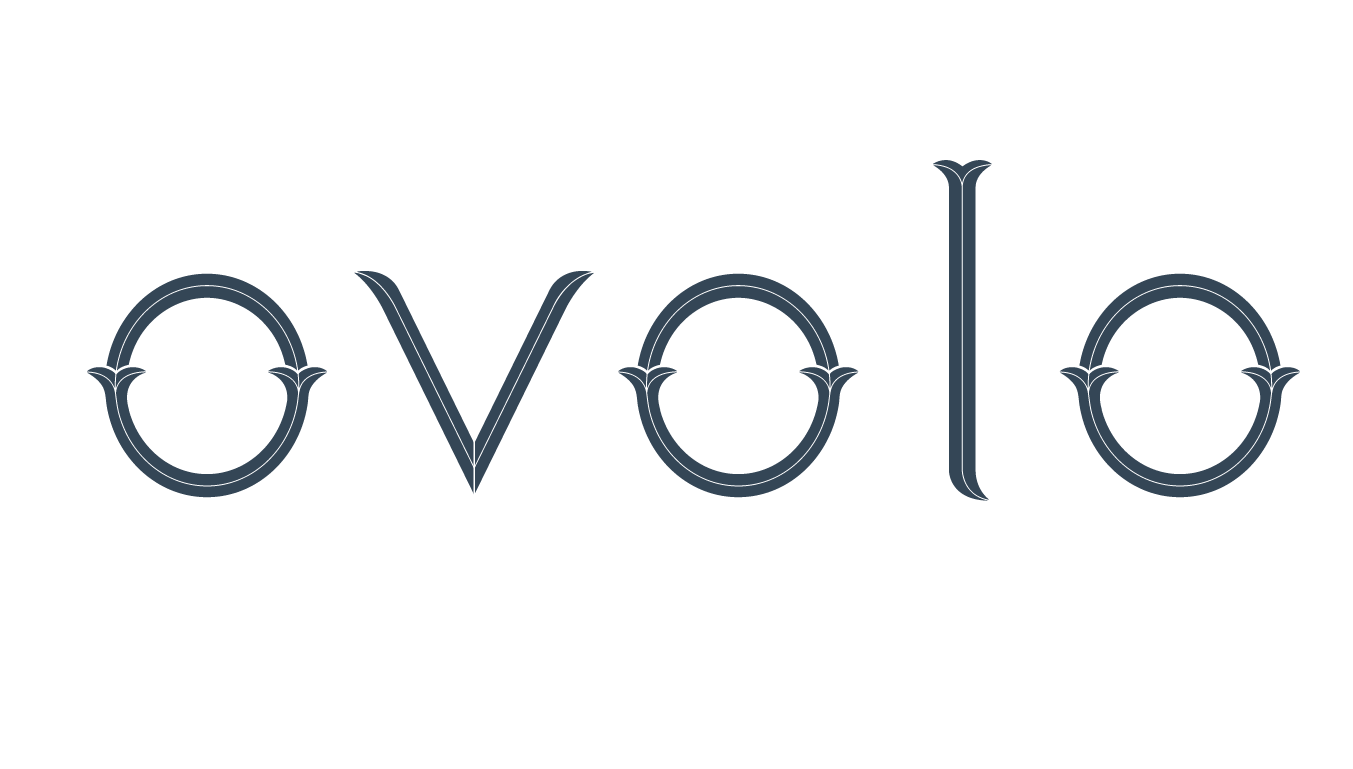Ideas For Renovating An Edwardian Home
Edwardian era homes, which were built between 1901 and 1910, are highly prized for their elegant proportions and light and airy feel. Although it was a relatively short period in history, it was a prosperous and productive time, and many of the houses built during this era display high standards of craftsmanship which have stood the test of time.
Why is it worth renovating an Edwardian home?
Although there is no single definitive style of Edwardian home, many of them share beneficial characteristics. They were often built in what we now refer to as the ‘leafy suburbs’ of towns and cities, which remain desirable places for commuters to live today.
One characteristic you will often find is that they are set back from the road, with a larger than usual front and back garden, with ample room for parking a modern car. Inside, they are often generously proportioned, with wide hallways and spacious living areas, as they were built at a time when land was more readily available.
Many Edwardian homes are also beautifully light and airy, with large bay windows to allow for good levels of natural daylight to flood the room. The front doors often feature glass panels, both set into the door, and above and to the side. Upper stories may feature decorative Juliet balconies and mock-Tudor woodwork on the exterior.
For those looking to add extra space, Edwardian homes usually have high pitched roofs which are ideal for loft conversions, and the generous back gardens often allow room for an orangery or kitchen extension.
Which features should you keep in an Edwardian property?
It is worth thinking carefully before removing any original features in your Edwardian home, as they will add value. If the building is listed, you will not be able to alter or remove them without permission.
Heating, electrics, drainage and plasterwork may need some attention to bring it up to modern standards. Edwardian homes were the first to have central heating installed, and the classic column cast iron radiators may still be in place. This style of radiator is currently making a resurgence, although modern versions are made of stainless steel.
Other classic Edwardian features include parquet flooring, carved fireplaces, cornicing, and ceiling roses. Colour schemes tended to be brighter and more neutral than the preceding Victorian era, and the muted natural paintwork is currently very fashionable for homes from all eras.
In terms of interior design, the Art Noveau movement was the presiding influence of the era. This emphasised flowing curved lines, and was inspired by the plants and flowers of the country garden. Pastel colours and floral designs which were popular in the era are currently very fashionable, so updating the interior of an Edwardian home should be very easy to do.
Edwardian style bathrooms often made a free-standing roll-top bath the centre piece, with clawed feet and ornate decorative taps. Finishing touches included larger mirrors to reflect more light around the room, and woodwork finished with gloss paint.
If you are looking for cornice repair in London, please get in touch today.
